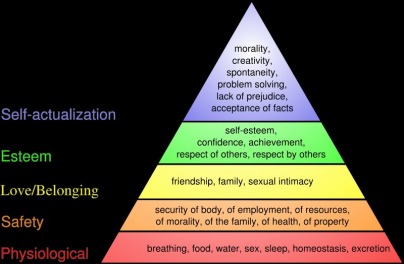Are gangs more of a juvenile problem or adult Problem ?
http://library.thinkquest.org/05aug/01861/gangs%20new.htm
Juvenile Problem
According to Curry and Decker writers of the Modern Gang Reader in Chapter 1; “Frederic Thrasher’s definition is based upon his 1927 study of 1,313 “gangs” in Chicago. An interstitial group originally formed spontaneously and then integrated though conflict resulting in tradition, unreflective internal structural solidarity, moral, group awareness and attachment to a local territory” (Curry, p.3-4).
In chapter 2 of the Modern Gang Reader. It is believed that at all childhood play that groups have the potential to become a gang. Since play groups usually arise on the basis of interaction and form around particularly residential locations in neighborhoods where contacts between youths is likely.
There are 3 major stages of Thrasher’s 1927 Gang Research:
(1] the early formation stage that consist of the gang to be diffused with little leadership and is short lived. (2) the solidification stage where conflict helps define groups and boundaries to build cohesion among the members creating a ‘Us’ v. ‘Them’ much like the ‘People’ v. ‘Folk’ concept between rival gangs and gang involved members. (3) The disintegration stage its members begin to assume legitimate roles in society as a key gang member.
Furthermore, Thrasher and Cohen explain the Social Disorganization Theory in Chapter 8 of Confronting Gangs, that there is a weak link between families and schools that need to be provided that are not by the community leading the teen to gang membership.
However, it is believed that it depends on the child decision making skills to become involved in the ganging atmosphere. According to Miller, Tromanhauser, and Spergel’s findings of gangs activities start within the school building, but less so as compared to outside the school.
“Gangs recruit in schools, playgrounds and neighborhoods with the promise of fast money and a chance to be part of a group. Some students are drawn in, and others decide to stay out” (Curry and Spergel).Major source of the problem according to researchers- starts at the schooling environment.
Vigil attest to the multiple marginality’ that leads to the emergence and prevalence of gang such as Juveniles “economic insecurities, lack of opportunity, fragmented institutions of social control, poverty, as well as psychological and emotional barriers among large segments of ethnic minority communities” (Egley).
The Decker and Loftin’s explanation of gang violence consist of the contagion effects that looks at three conditions of assaultive violence must be present such as the spatial concentration, reciprocal nature, and escalation in violence.
· Highly structured gang groups
· For thrasher, the gang was above all, a primary group based on informality and face to face association” this example is shown through St. Louis study on the gang membership and delinquency as per the survey held in the middle school (CG 234).
At the schooling level Juveniles come into problems at a younger age that reflect their actions in the adult age.
Source: Modern Gang Reader 3rd edition. Arlen Egley, Jr Cheryl L. Maxson, Jody Miller, and Malcolm W. Klein, Eds. (Roxbury Publishing, 2006) [ISBN: 1-931719-68-3]
Adult Problem
Adults are the problem because they cannot provide for their child. Women have a hard time in the Gang life because they are usually beat in or sexed in leading to pregnancy.
Adults become a problem when they cannot provide the essential building blocks to the childs development in a positive community life instead the child is automatically engulfed into the gang environment.
Parents create “blocked opportunities” by creating a status that creates a subculture for the individual to not succeed in meeting traditional goals such as money making, profession, family, and happiness that is found in the mainstream middle-class value system.
Mediation of gang development through school programs is important to handle violent facts.
· “Urban youths are raised to think violence and anger is normal way to handle problems, he said calling for more funding for programs such as ceasefire, which uses outreach programs /workers to identify high risk residents with criminal backgrounds and violence interrupters. Who monitor roiling street conflicts to stop likely crimes before they start” (Billup).
· Education is key – cannot change other effects but education is the key and sole factor to improvement of juveniles lives.
The key element here is Maslow’s hierarchy of needs and the importance of school to be a place where students can have what they may not have in the family atmosphere.
We can see in most situations these needs are not meet and it leads to many negative effects.
Parents seem to have the deficiency that reaps into the juvenile. Parents play an important role in child development it’s the amount of freedom as child is given and control of the parents. When that is not maintained students may look to the schooling system. I personally believe there are two factors to the juvenile problem; one is the family life and two is the student life – you can have either or both to keep the juveniles out of a problem = effects all negative = juvenile problem.
(Source: Washington Times- Chicago Murder rate sparks political spats 25 July, 2008 Friday).
Word Count: 843
| juvenile_problem.docx |

